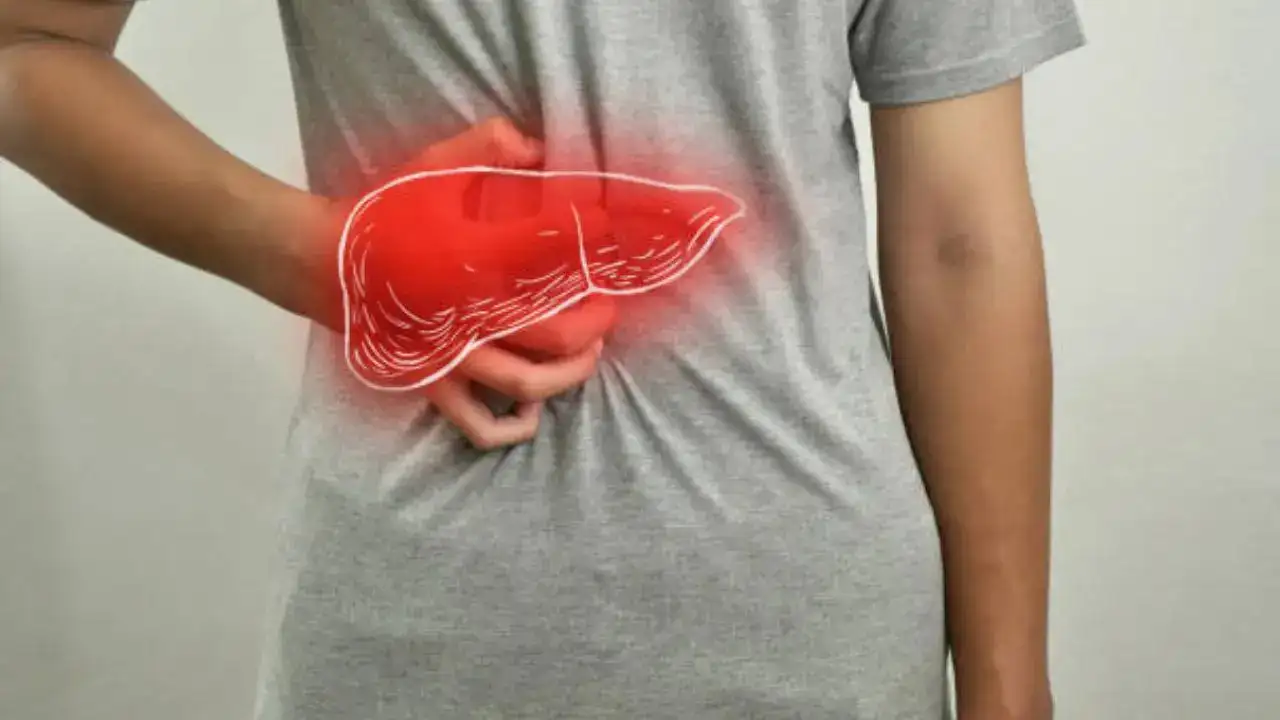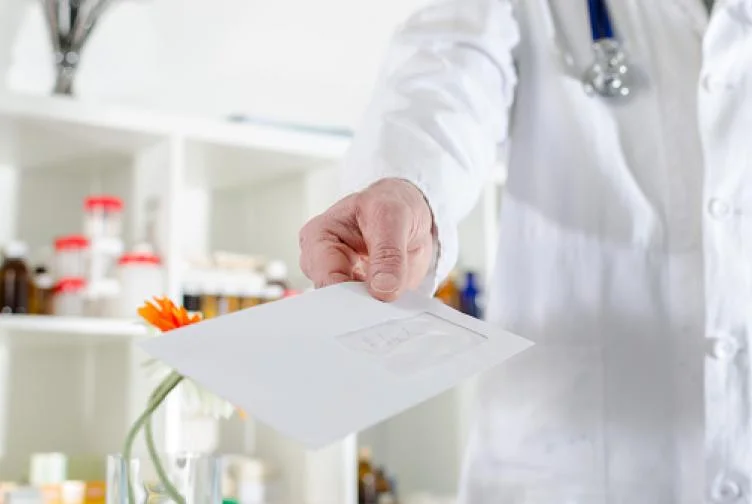5 Easy Ways to Check Early Signs of Fatty Liver at Home, According to a Harvard-Trained Gastroenterologist
By Ashima Sharda Mahindra
Copyright timesnownews

Fatty liver disease happens when your liver accumulates excessive fat, which causes long-term inflammation and damage. While there are many tests to detect the condition, Harvard and Stanford-trained gastroenterologist Dr Saurabh Sethi says you can even ascertain it with the help of a few signs and symptoms at home. “Concerned about fatty liver? Discover 5 signs you can check at home! As a liver specialist, I’ll walk you through simple ways to identify potential symptoms. Early detection is key to prevention and better liver health. Watch to learn more,” Dr Sethi wrote on Instagram. Abdominal fat If you notice increasing abdominal or visceral fat, it can be a major indicator of fatty liver disease, as it can suggest the presence of excess body fat and metabolic imbalances. According to Dr Sethi, visceral fat means there can be insulin resistance, which makes fat accumulate in your liver. Even though not everyone with visceral fat will have a fatty liver, some people can have a fatty liver without being obese as well. Discomfort If you feel tenderness, stiffness, or even discomfort around your stomach area and just below the ribcage, it can be a sign of fatty liver inflammation or swelling. Not only does it produce a dull sensation that creates pressure or fullness, but the situation can go from bad to worse after you eat or do any kind of physical activity. The presence of persistent discomfort indicates that the liver has become enlarged and inflamed because of fat accumulation, while losing its operational efficiency. Nausea and loss of appetite Not wanting to eat and feeling nauseated most of the time can be a sign of fatty liver disease, which comes in very early -just when you are about to realise something is wrong. This is when fat just starts to accumulate in your liver, impairing its function and signalling potential liver damage – especially in more severe forms. Changes in skin and hair If you notice increasing changes in your skin and hair, like dark patches – also known as acanthosis nigricans – especially around your neck and armpits, it can be due to insulin resistance. Also, early signs of liver damage include thinning of hair and itching, which is caused by toxin buildup and impaired bile processing. Other skin signs can include redness and acne, a potential indicator of liver stress and metabolic disturbances. Chronic tiredness and fatigue Fatty liver disease mostly starts with you feeling tired and fatigued all the time, despite taking adequate rest. According to experts, your liver functions as your body’s energy metabolism center, but fat accumulation can lower its ability to deliver energy to the body. The liver experiences chronic fatigue, which doctors often miss, because it indicates poor toxin removal and liver stress.



